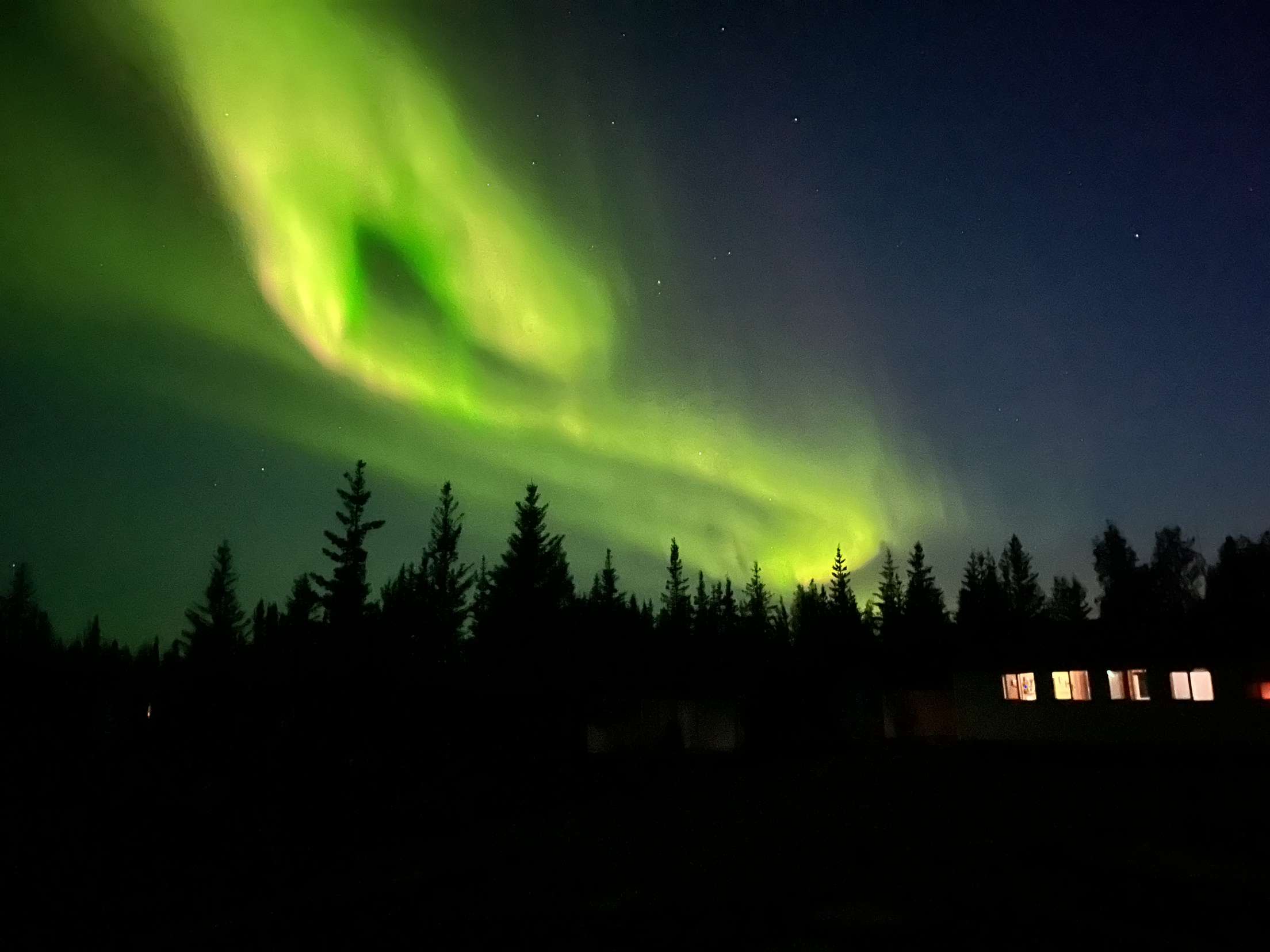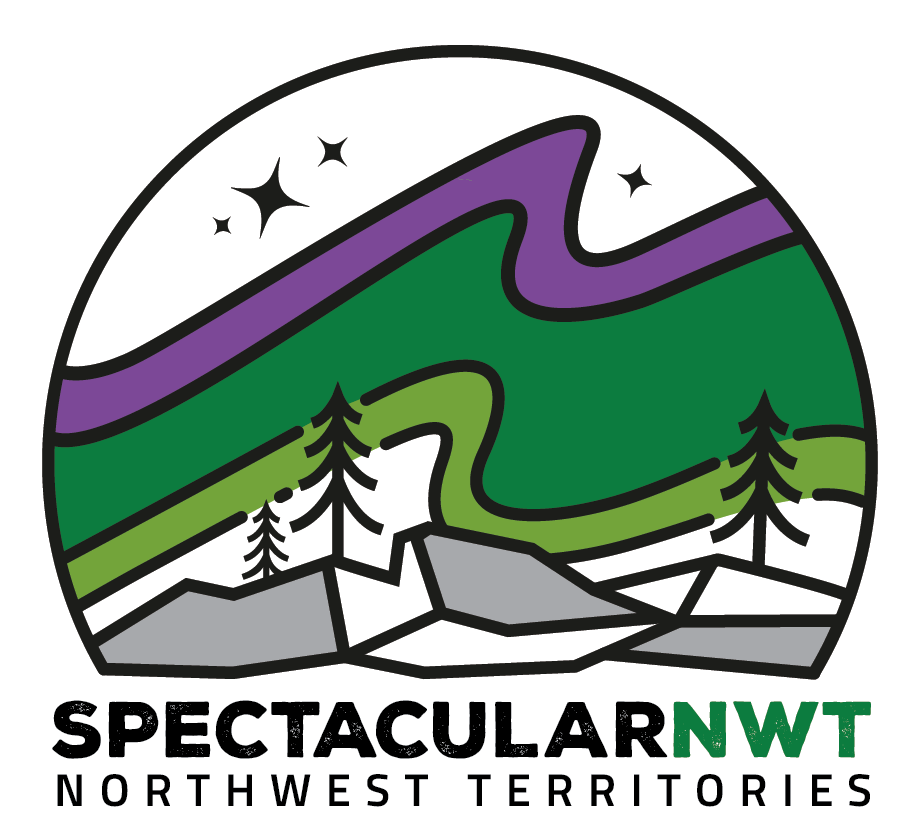Ted Grant flies. A lot. It’s late June and the boss of Simpson Air is so busy piloting charters into Nahanni National Park that it takes half a dozen calls to set up an interview with him. At his company’s crowded trailer at the airstrip in Fort Simpson, Northwest Territories, a group has just returned from Grant’s Nahanni Mountain Lodge, located some 90 kilometres to the west. Another group is preparing to fly out there. Everyone is chattering, checking gear, making last-minute phone calls. Amid the bustle, Grant – the master of Nahanni bush-flying – glides calmly, like a father gently shepherding his charges.
He introduces himself, vigorously shaking hands. “Almost there – I just have some planes to get away,” he says. A former Mountie, he radiates confidence. He’s trim and grey-haired; the sleeves of his plaid shirt are rolled up; a mass of keys dangle from his jeans. He strides toward a young pilot – one of three he’s been mentoring – and asks, “Is the weather out yet?” The pilot reports that conditions are good, though storms may be on the way. Grant turns to speak with a returning guest who’s nervous about flying his own plane back to Edmonton. “You’ll be fine,” he says. “Worst case, you just turn around and come back.” Soon after, a poker buddy drops by to ask Grant if he’ll join this evening’s game. Grant’s unsure: He’s got another charter going out – “and if it’s s***ty weather,” he says, there’s only one man he wants at the controls: himself. Piloting in the Nahanni can, after all, be a dangerous game. “When you’re flying bush-type aircraft,” he tells me, “you’re always looking for a place to land.”
The farming community of Portage la Prairie, Manitoba, is a long way from the Nahanni, but that’s where a young Grant first dreamed of joining the Mounties, of owning a plane, of running a fishing lodge and of sailing a sailboat. It was an ambitious list of goals. Grant wanted the lodge, he says, because he hunted and trapped with his father. The plane? His neighbours owned a two-seater – “but they never let me get inside,” so he decided he needed one of his own. As for the RCMP, it was the sight of an older cousin decked out in the red serge that hooked him.
He joined the force on his 19th birthday and began training the next day. After being posted around Saskatchewan for nine years, he was sent north. There, he served in several communities, including Grise Fiord, Nunavut, where he and the settlement manager hosted the “Grise Fiord Open Golf Tournament.” On a lark, they designed a nine-hole golf course, then welcomed a Twin Otter from Resolute loaded with 16 competitors. That, you could say, was his first foray into tourism. But it was during his posting to Fort Simpson that he really caught the bug. In the summer of 1976, he took a flight with bush pilot Dick Turner. “We got to fly in and see the Nahanni,” Grant says. The area had just been designated a national park. He fell in love with it. Then and there, flying in the North became his goal.
Eventually, Grant quit the RCMP. Armed with his pilot’s license, he bought Simpson Air. The small company had been offering charters in the Mackenzie Valley since the 1960s, far longer than anyone else. A few years later, a trapper sold him some log cabins on Little Doctor Lake. They became Grant’s lodge – one more thing he could check off his list. “If you have a passion for something,” he says, “just take a step forward.”
And Grant kept doing just that. To build the Nahanni tourism industry, he attended travel shows as far away as Germany, and hosted travel agents and wholesalers to help them better appreciate the region. “They were skeptical to start with, but once they saw it they were convinced.” He also persuaded four Nahanni guiding operators to move their operations from Watson Lake, Yukon, to Fort Simpson. By the late 1980s, his marketing budget of almost $60,000 a year was generating $750,000 in tourism revenues for his company. The 1980s were also a busy decade for mineral exploration and mining in the Northwest Territories, which meant plenty of flights to keep the company busy.
Then, the bottom fell out. Mining activity in the area wilted and the territorial government froze their use of charter flights for six months, between 1991 and 1992. “The impact was devastating,” Grant recalls. The rest of the decade proved to be a struggle, but Simpson Air survived. “I’m Highland Scottish, so I don’t give up,” he says.
Neither did his guests. Grant has repeat customers – some of whom have been visiting his lodge annually for a dozen years or more. He and his staff have hosted a who’s-who of dignitaries, including Great Britain’s Prince Andrew. EnRoute magazine once listed flying with Simpson Air as one of the “100 Things to Do Before You’re 100.”
And what about the sailboat this ex-cop-turned-flyboy once dreamed of owning? “I’ve never been on a sailboat,” Grant confesses. It’s the one childhood ambition left to explore. For now, being a bush pilot – and one that embodies all the romance that that moniker entails – is enough to satisfy him.
Later, standing beside one of his planes, the dreamer comes back. “I’m trying to become the oldest bush pilot.” Can he do it? Given the fact that he’s marched through life achieving one dream after another, the answer is likely yes.


































































